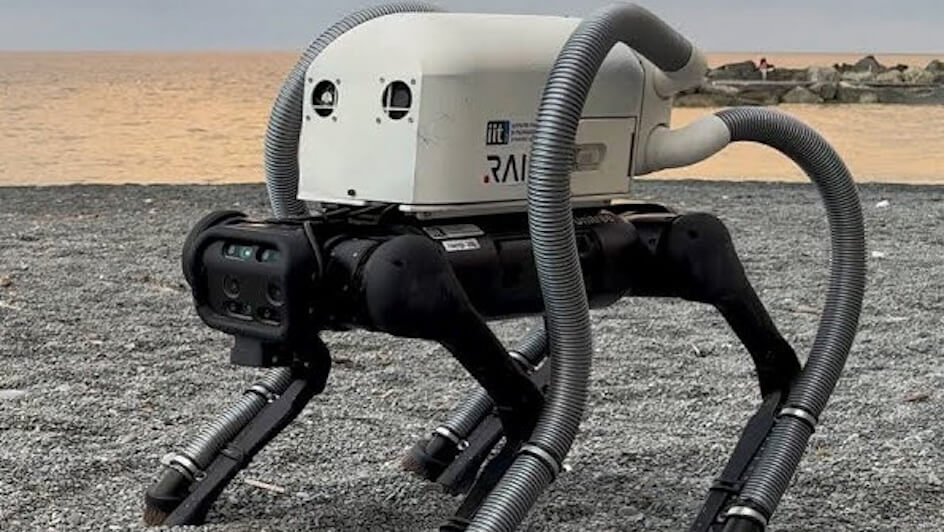Warp Drives Speeding to Reality

Popular culture keeps certain fictional franchises alive and well, and it is almost certain that you have encountered a fan of the science fiction series, “Star Trek”. Devotees can tell you (at length) about the show’s warp drive technology – and now, a recent study claims that the method of propulsion might be teetering on becoming scientific fact.
In the cult series’ universe, spacecrafts utilise faster-than-light travel through a compression of the space-time continuum, manipulating it at the front of these ships and expanding this compression at the rear to travel fantastic distances via a “warp bubble”.
Miguel Alcubierre, the famed Mexican theoretical physicist who came up with the “Alcubierre drive”, described in a 1994 pioneering paper how the technology would theoretically function. The only snag is that it would require “negative energy” in order to operate. Some have claimed that this could be the dark energy that exists in the universe, while others doubt such a substance even exists.
However, new research from the University of Alabama (UA) was recently published, and it brings new life to the topic.
Jared Fuchs and his team have produced mathematical models that claim such warp drives are within the realm of possibility and they would not require the special energy that Alcubierre proposed decades ago. Although it would not travel at faster-than-light, it could reach “high but subluminal speeds.”
Although this research is only mathematical theory and actual construction of such technology is still far off, it provides a valuable step towards the final frontier of space exploration.
Until then, mankind must live long and prosper until it reaches “the Warp Age.”



















